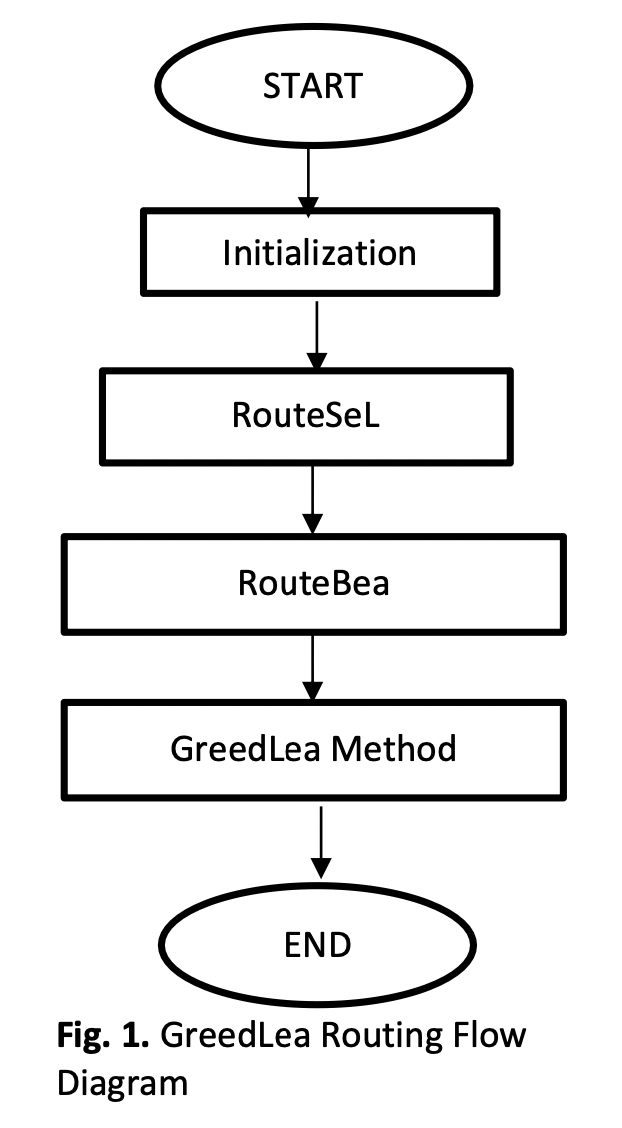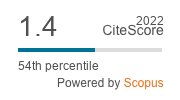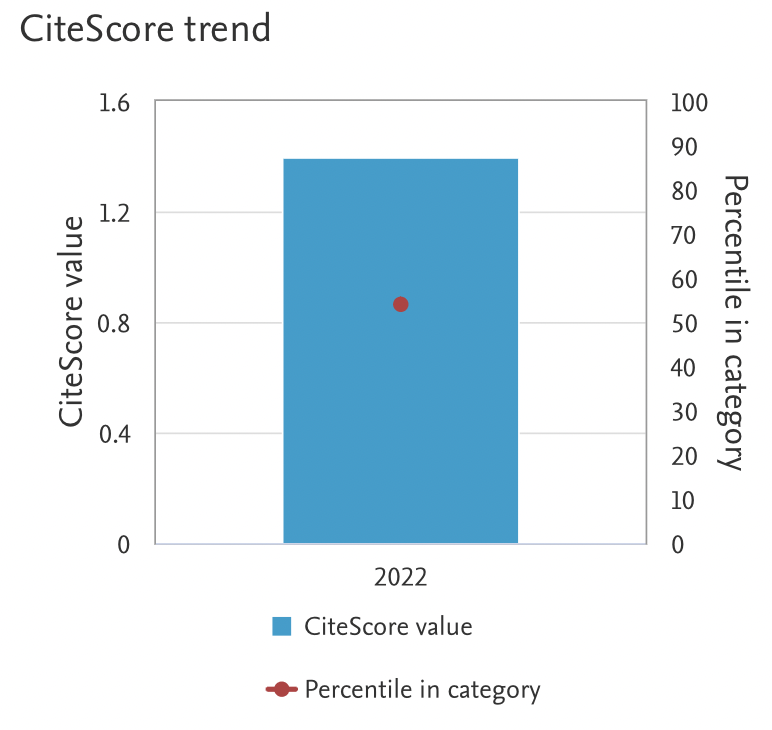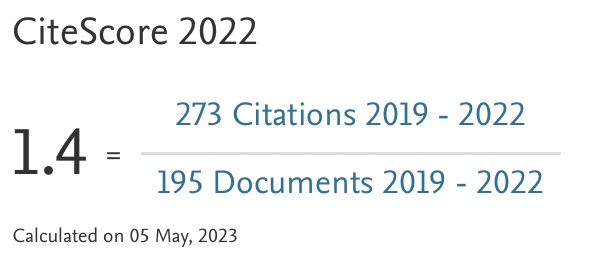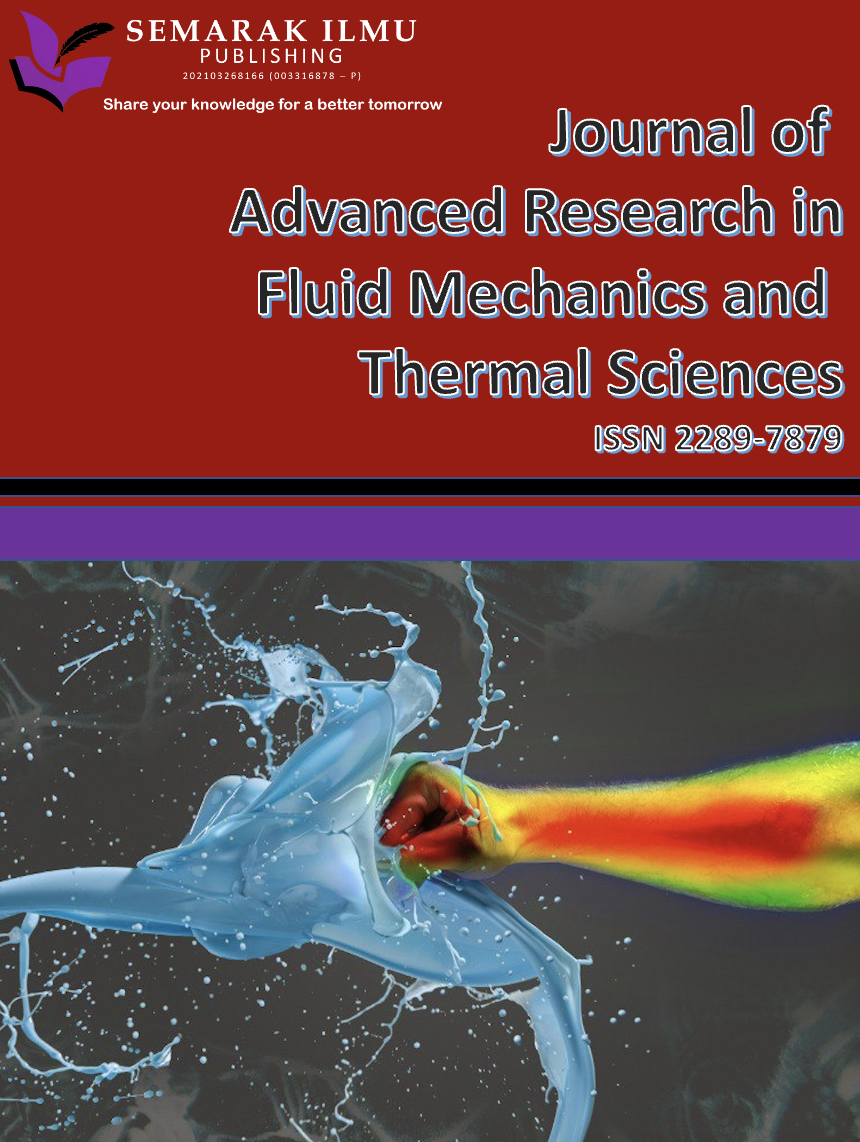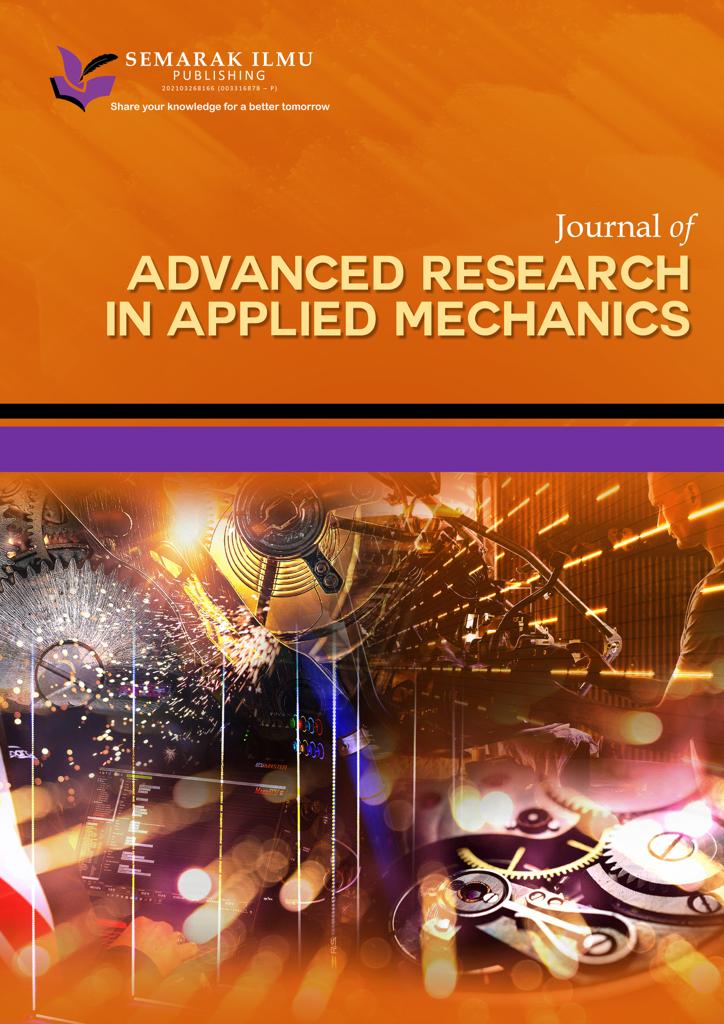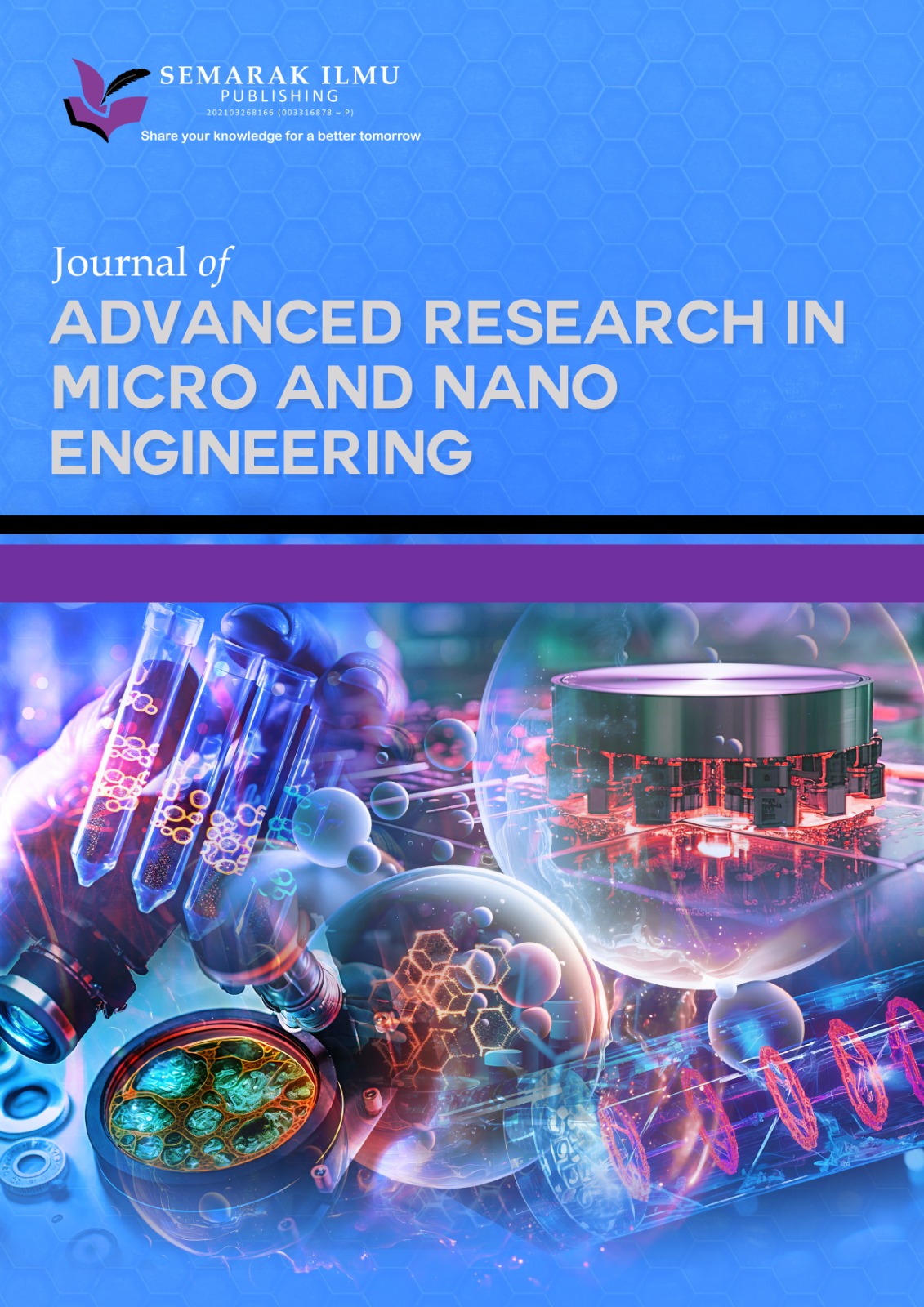Velocity Based Performance Analysis of GreedLea Routing Protocol in Internet of Vehicle (IoV)
DOI:
https://doi.org/10.37934/araset.42.1.199214Keywords:
GreedLea, AODV, GPSR, Velocity, IoVAbstract
Intelligent routing protocols for IoV have also been made possible by the convergence of IoT and machine learning algorithm. In order to make informed routing decisions, these intelligent routing protocols examine data gathered from IoT devices like vehicle sensors and traffic monitoring systems using machine learning algorithms. Moreover, as the number of vehicles increases and road networks become more complex, traditional routing protocols for ad hoc networks are being replaced by more advanced and efficient protocols. The purpose of this study is to concentrate on these unique qualities of IoVs network scenario. A combined routing method has been developed to construct periodic connectivity and find routes on-demand in order to save route data as graphs. The simulation's findings show that GreedLea routing protocol outperforms GPSR and AODV routing protocols in terms of delay and packet delivery ratio (PDR). The results demonstrate that the average AODV latency is significantly higher when there are fewer vehicles on the network. This is due to the fact that connections are frequently lost at higher speeds and lower densities, and re-establishing new channels takes a lot of time. As the number of vehicles rises, efficiency improves and the wait gets shorter. The average latency, yet, keeps increasing as vehicle density increases due to the additional overheads related with routing.
